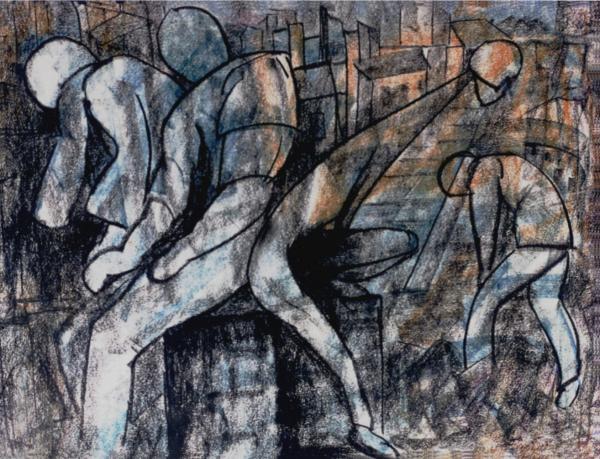
Pre-modernism and post-modernism are two distinct eras in human history, each with its own set of values, beliefs, and characteristics
SHOUKAT LOHAR
Pre-Modernism and Post-Modernism are two significant eras in the history of art, literature, and culture. These two eras represent two distinct periods in human history with different characteristics, perspectives, and values. These approaches left unreasonable impact human thinking. Let’s try to dissect a few of them.
Pre-Modernism
Pre-modernism refers to the period before the 20th century, which is often referred to as the Modern era. Pre-modernism is characterized by traditionalism, conservatism, and adherence to established norms, values, and beliefs. The pre-modern era was a time when religion, tradition, and authority played a significant role in shaping people’s lives and beliefs.
In pre-modern societies, people believed in the existence of absolute truths, and they held on to these truths regardless of the evidence presented to them. The pre-modern era was marked by a strong sense of community, where people lived in close-knit groups and were bound by shared beliefs, traditions, and values.
The pre-modern era was also a time of great upheaval, with wars, plagues, and famines being common occurrences. This created a sense of insecurity and anxiety in people, which was reflected in the art and literature of the time. Art and literature from the pre-modern era often depicted themes of death, suffering, and the transience of life.
Post-Modernism
Post-modernism refers to the period after the 20th century, which saw a shift away from the traditional values and beliefs of the pre-modern era. Post-modernism is characterized by skepticism, relativism, and a rejection of absolute truths.
Post-modernism is marked by a rejection of grand narratives and a focus on the individual’s subjective experience. In post-modern societies, people no longer believe in objective truths, but rather in multiple truths that are shaped by one’s experiences, beliefs, and values. This has led to a fragmentation of society, with people belonging to multiple identities and groups.
Post-modernism is also marked by a focus on diversity and inclusivity, with an emphasis on celebrating differences rather than assimilating them. This has led to a greater acceptance of marginalized groups and a rejection of the dominant cultural norms and values.
Impact on Human Psychology
Pre-modernism and post-modernism have had a significant impact on human psychology, shaping the way we perceive the world and ourselves.
In pre-modern societies, people had a strong sense of belonging and identity, with their beliefs, values, and traditions being deeply ingrained in their sense of self. This created a sense of security and stability, but also led to a narrow-mindedness and a resistance to change.
In contrast, post-modern societies are characterized by a sense of fluidity and flexibility, with people belonging to multiple identities and groups. This has led to a greater acceptance of diversity and inclusivity but has also created a sense of uncertainty and instability.
Post-modernism has also led to a greater emphasis on the individual’s subjective experience, with people valuing their own experiences and beliefs over objective truths. This has led to a greater focus on self-expression and self-fulfillment, but has also led to a sense of isolation and disconnection from others.
Conclusion
Pre-modernism and post-modernism are two distinct eras in human history, each with its own set of values, beliefs, and characteristics.
__________
 Shoukat Lohar is Assistant professor in English at Mehran University of Engineering and Technology Jamshoro. He can be reached at Shoukat.ali@faculty.muet.edu.pk
Shoukat Lohar is Assistant professor in English at Mehran University of Engineering and Technology Jamshoro. He can be reached at Shoukat.ali@faculty.muet.edu.pk